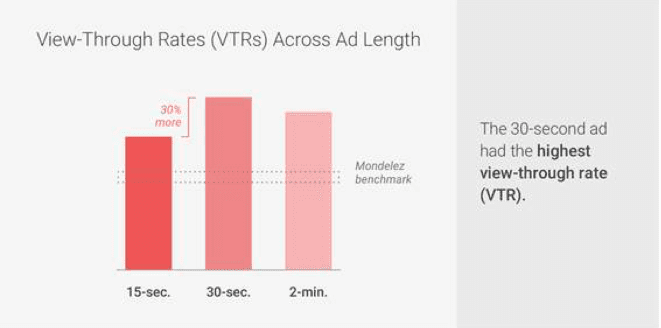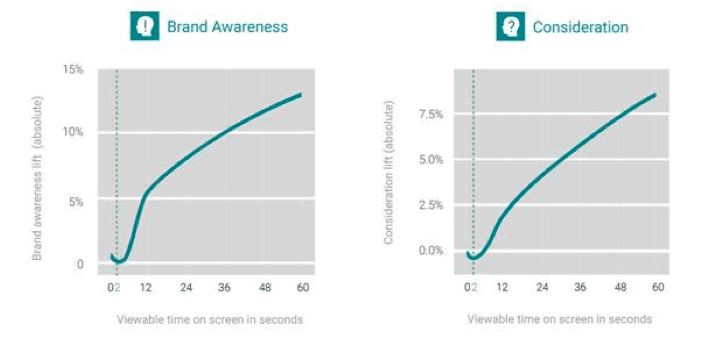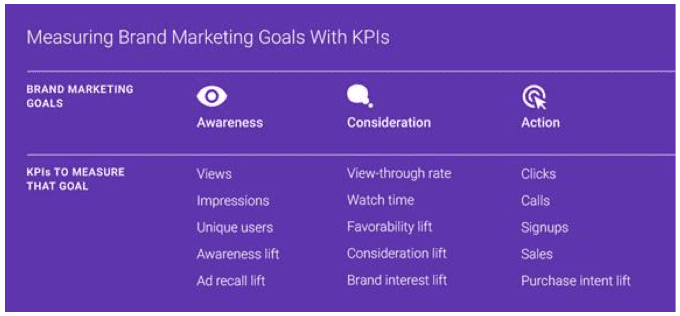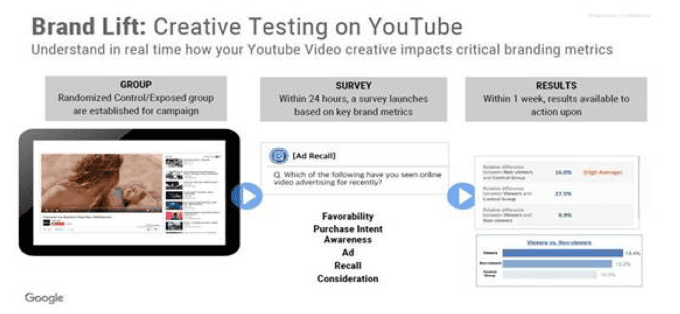A brand-building case study focusing on format length, branding and testing best practices
YouTube is becoming an increasingly important tool for digital marketers, both from an owned and paid media perspective. Over the last five years the platform has continued to grow and with over a billion users and many millions of views a day, Google can genuinely claim to have both the first and second largest search engines on the planet and a media platform to rival many mainstream broadcasting rivals.
From an advertising perspective, the reach YouTube offers marketers is phenomenal, however as with all forms of advertising, optimising the media alone will only get you so far. I’ve recently been involved in a multichannel equity campaign and due to the storytelling nature of the content we’ve had to really think about how best to recut the main TVC for the YouTube TrueView campaign (which is using skippable pre-roll ads).
The journey we’ve taken along with our creative agency and Google themselves to get to the right solution has uncovered some interesting best practices which I believe could be useful to others. I’ve grouped the learnings into three main themes:
1. Long vs. short formats
The acknowledged best practice appears to be that shorter video content is more effective in a pre-roll ad format because the user's viewing experience is being interrupted and it’s therefore best to keep the content short and to the point.
But what if a longer piece of content is better placed to 'hook' the viewer and keep them engaged for longer?
What we learned
Shorter ads work harder for your brand by achieving a higher view-through rate (VTR) and increasing ad recall (e.g. ads that feature a key product benefit). I spotted this from a Google/ Mondelez study in 2015 that appears to support the point on VTR:
However whilst YouTube studies indicate that longer ads are more likely to be skipped, for brands looking to move beyond simple ad recall metrics a longer story can be more effective in persuading how people think.
There also appears to be a consistent relationship between how long an ad is viewed and increases in brand awareness and consideration (i.e. the longer someone is kept watching, the better the results):
The ultimate decision on whether to use a shorter or longer film is dependent on your overarching campaign goals. If you're looking to drive awareness, a shorter ad may be more effective, whilst a longer ad may produce better results for brand consideration and favorability:
2. Brand placement
For shorter or longer form ads a decision needs to be made as to where the brand first appears in the film. Do you show the brand immediately upfront to increase ad recall? Or do you delay to build interest and suspense?
What we learned
YouTube studies have shown that whilst including the brand within the first five seconds may increase the skip rate, for longer films it’s important to include the brand early on to avoid the risk that viewers will skip before they’ve had a chance to connect what they have watched with the brand. For example, although people may view a longer format beyond 30 seconds, they may not reach the end of the film and if the brand hasn’t featured until later on that could be a missed opportunity.
Google’s advice is that the brand should be introduced early on in a subtle, considered way, and to look at ways to weave the brand throughout the story where possible. They pointed us in the direction of a series of films Johnny Walker has created:
Whilst the full film above is a mini four minute documentary, it starts with an intriguing opening shot and the Johnny Walker logo is introduced after eleven seconds. They appear to have reached a good balance between promoting the brand and maintaining creative integrity with the content itself.
3. Testing
With so many different pros and cons between short vs. long-form video, Google didn’t steer us in any particular direction. However, they did back up our proposal to run a test to determine how the longer and shorter formats would perform when measured against one another.
What we learned
Up until one point we had only really considered testing one optimised 30 second ad vs. one optimised 120 second ad, but as we discussed the test in more detail we saw the opportunity to also test different versions of creative, in different formats and across different audiences. Each would give us the opportunity to test not just length but creative, too.
For those looking to run a YouTube creative test Google’s offers two versions:
1. A simpler version (as illustrated below) in which we can choose two questions:
2. A more elaborate version which would allow us to edit the questions in the survey so that we can better understand brand equity or key messaging points within the creative
Summary
Deciding on the length, sequencing and testing of ad content is not an exact science, particularly on YouTube where there are many different factors to consider. For example, for our brand-building campaign we’re telling a story rather than promoting a specific product, experimenting with different lengths and using skippable rather than non-skippable pre-roll ads (non-skippable pre-roll ads are 15-20 seconds max), all of which affects the ultimate creative solution.
The ability to test and optimise ad copy in real-time is a feature that really helps take the subjectivity and guess work out of the end result. A/B or even A/B/C testing ads based on certain goals and metrics will result in more data-driven decision-making, more efficient media and a better performing campaign overall.
It will be interesting to see the results of the test once this gets underway and what else we learn about all of the factors discussed above and many more when we look at how the campaign has performed.
source http://www.smartinsights.com/internet-advertising/internet-advertising-strategy/factors-make-effective-youtube-ad-campaign/




No comments:
Post a Comment